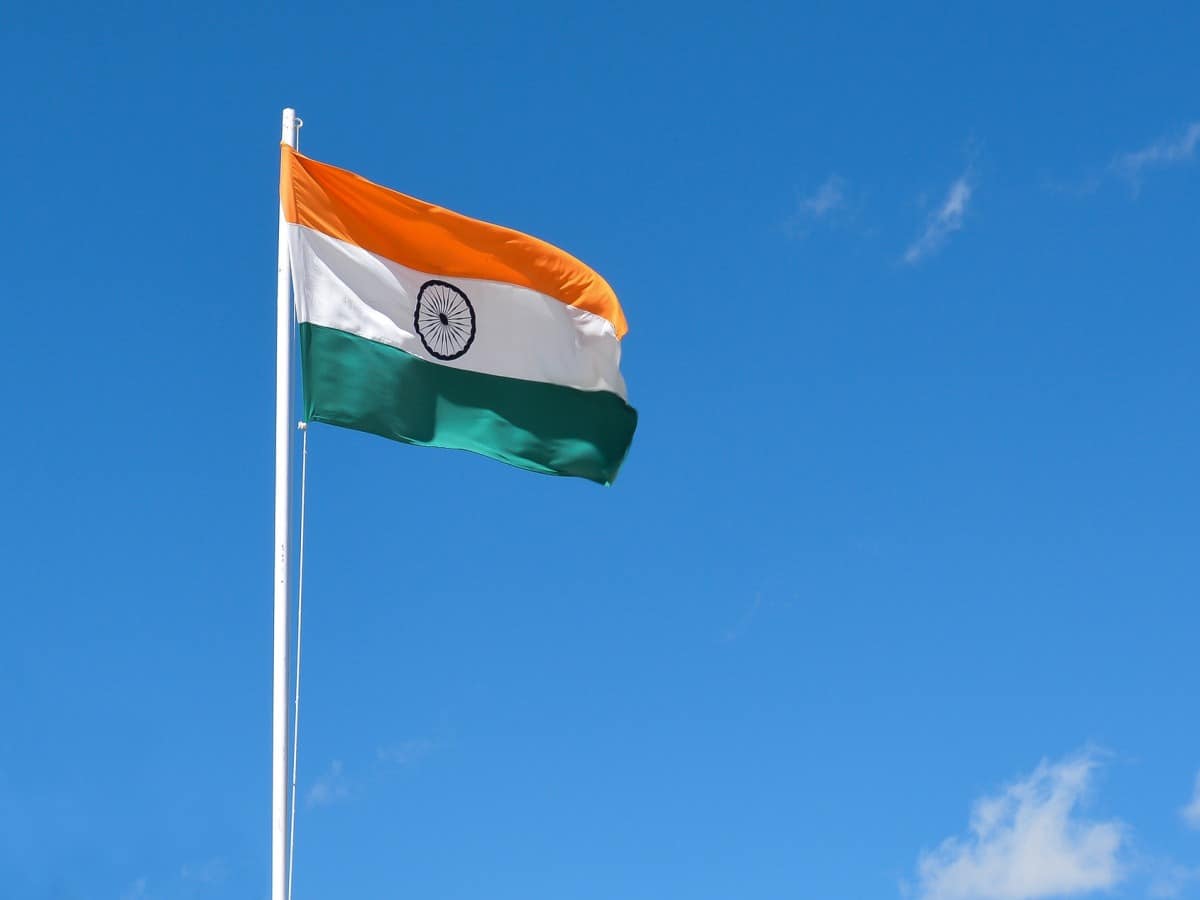
On the call of Prime Minister Narendra Modi, “Har Ghar Tiranga” – national tricolour to flutter from each and every home in the country- has a special significance for Kashmir where tricolour means more than optics for the national and international audience. For Kashmir, it represents upholding the idea of India, in which Kashmir is at core of the Indian nation. Kashmir was a place where hoisting the tricolour was a matter of contest for decades. now all that has changed. This change has to be measured, not through the physical optics but the mental space it occupies as is the case with states/ union territories. The most significant part is that it represents the moral compass of Indian leadership of the day which looks beyond the narrow political objectives.
The appropriation of this campaign by the ruling BJP however minimizes the grand scope and scale that Prime Minister might have envisioned for the whole nation, where Kashmir sits as jewel in the crown slot – on top of the map with its distinct geography and culture, a true example of unity in diversity of the Indian nation.
Many observers, in their keenness to point out the distance in terms of time travelled in the Valley, pointed out that the flagging off of the “Tiranga” yatra from the historic Lal Chowk, Srinagar political nerve center of Kashmir, to Kargil in the run up to the 23rd anniversary celebrations of the Indian victory in Kargil war, have drawn contrasts to the days when it was difficult to ensure more than 17- minute ceremony in 1992, when BJP led “ Ekta Yatra” culminated at the historic crossing. BJP’s veteran leader, then party president Murli Manohar Joshi, led the yatra, and among other participants was Narendra Modi, then young leader of the party, now PM of the country.
Why the Har Ghar Tiranga campaign is so significant for J&K, Kashmir valley in particular, needs to be seen in. the historical context.
Tiranga – the Indian national flag unfurled at the historic Red Fort by India’s first Prime Minister Jawaharlal Nehru to mark the Independence from British rule – was viewed something very, very Indian for the people of J&K, because the erstwhile princely state under Maharaja Hari Singh had its own royal flag. The state was an independent entity even after the partition.
J&K’s tryst with the national tricolour came only after the Maharaja, caught in a tight spot following Pakistan army backed invasion of Jammu and Kashmir, sought help of Delhi to repulse invaders, and signed instrument of accession, acceding the state to J&K . The arrival of the tricolour was natural as J&K had become part of India. The war against Pakistan sponsored invaders was fought for the prestige and dignity of the tricolour – the state flag of the Royal era sat aside. The independent status of Kashmir stood dissolved.
History took turn when the tricolour started fluttering in Kashmir, but in November 1956, the state’s own constituent Assembly adopted state flag. That flag was adopted on January 26, 1957. The state had two flags – national tricolour and the state flag. The two flag reality existed until August 5, 2019. But even after the abrogation of Article 370 on August 5, the two flags were used by the then Governor Satya Pal Malik on the jeep he rode to inspect the I-Day Parade. This was to keep the nerves calm at the time as there was a fear of the Valley witnessing unrest in the immediate aftermath of the constitutional changes that removed the separate constitution and flag apart from doing away with the special status and privileges of the state, reduced to Union Territory, and its permanent residents – the natives.
The realities have changed – now Har Ghar Tiranga defines unity in diversity of India in true sense – from Kashmir to Kanyakumari.



